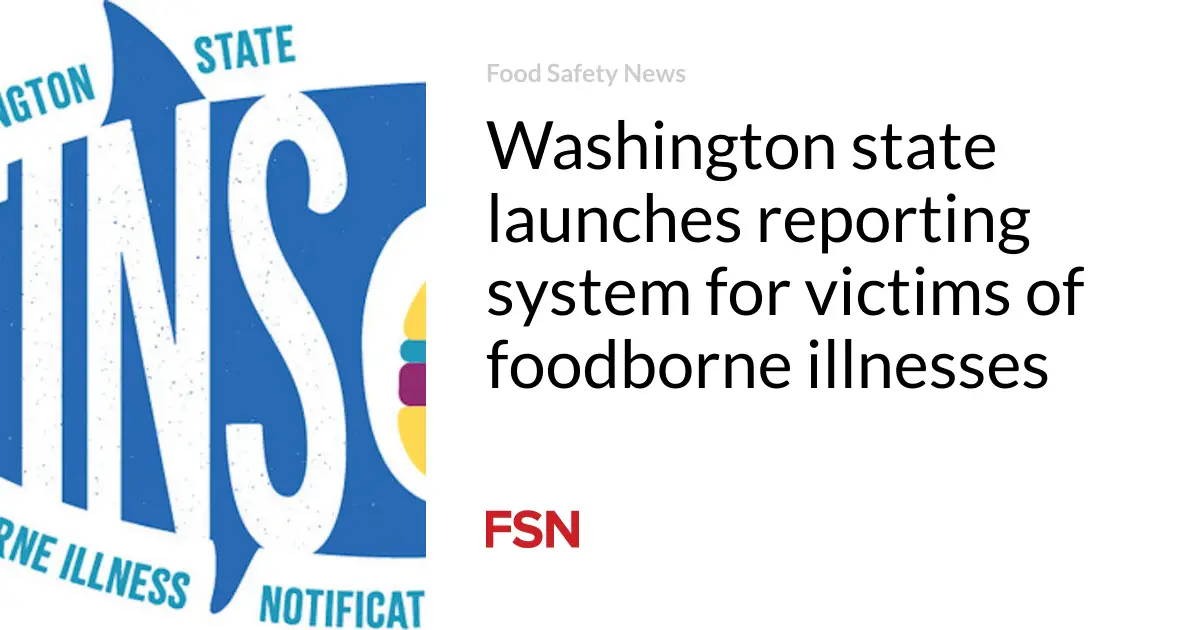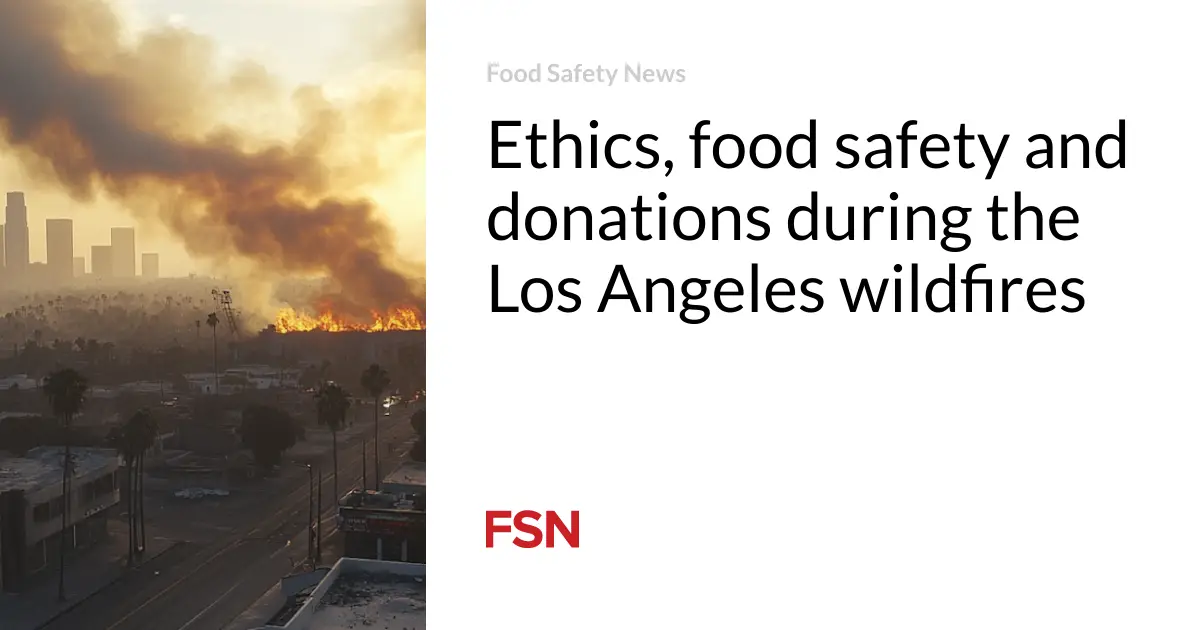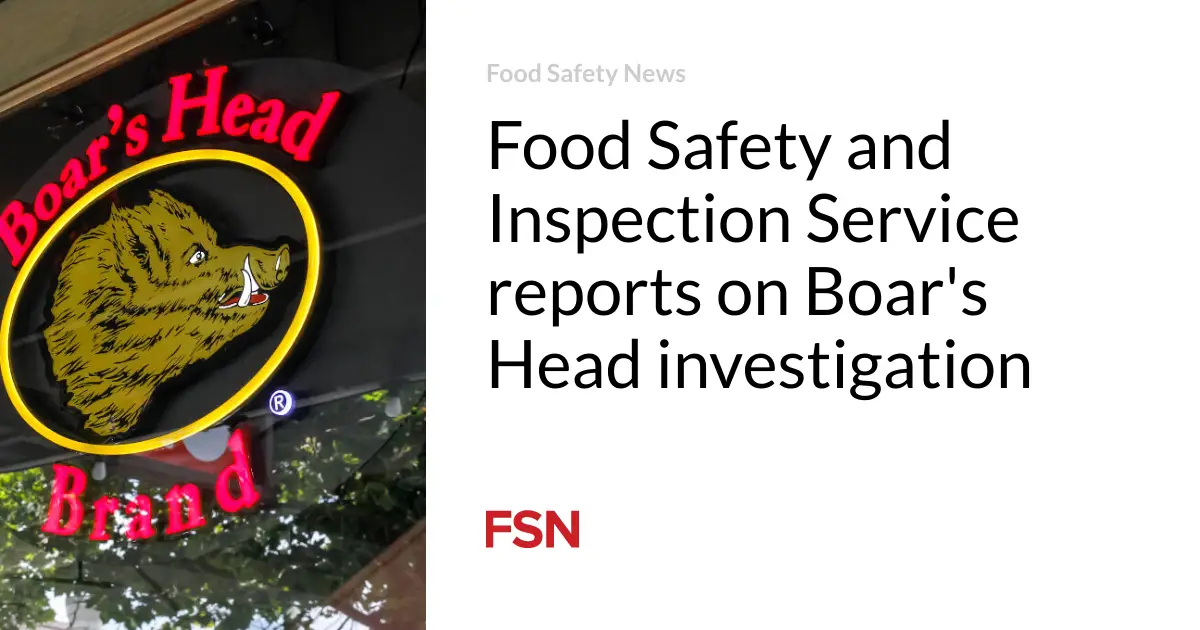
She thought she was dying.
That’s how New York City realtor Penny Penzner felt last summer when she became violently ill from what she thought might be some cut-up fruit she had bought at a nearby deli.
Late that night, she woke up feeling sick — very sick. She ran into the bathroom with what she immediately realized was a severe case of diarrhea. Worse yet, she started vomiting. While still on the toilet, she picked up the nearby trash can and started vomiting into it. Her entire system was exploding. It scared her. To make matters worse, she was experiencing painful cramps. What could it be? Was she dying?
When morning came, she was still feeling miserable but managed to get dressed and ready to walk around the corner to an urgent care facility. But diarrhea hit again and she had to turn back. But later that afternoon, she did manage to get there.
The medical provider told her it would be hard to say what caused her “upset stomach” but recommended she get plenty of rest and drink a lot of fluids.
When she got back home, she called the grocery store where she had bought the fruit and asked to speak to the manager. He told her he had had no complaints from any customers. When she told him how sick she was and suggested he throw out all of the cut-up fruit, he told her he was too busy “to deal with this” and hung up on her.
Several days later when she called a friend and told her about how her digestive system had “exploded,” her friend told her it could have been a foodborne pathogen, perhaps E. coli, Salmonella, Listeria or norovirus. And she explained that any of these pathogens could have gotten into the package of cut up fruit in various ways. The person handling the fruit, for example, might not have washed his or her hands before cutting it up. Or perhaps the cutting board had been used for something like meat and not washed off before being used to cut up the fruit. Maybe the knife that was used to cut up the fruit hadn’t been cleaned properly. Or maybe the fruit, itself, had come in with pathogens on it.
Or maybe it hadn’t even been the fruit.
Turning to Google, she quickly discovered that she probably would never know what germ had invaded her system mainly because some of the foodborne illnesses have the very symptoms she had experienced.
She was scared and confused.
That mirrors what two students from Washington State University experienced after they ate raw oysters in an upscale restaurant. Instead of enjoying their vacation, they spent the time in bed miserably sick. Not only that, it took at least a week for them to start feeling better.
When they called the manager of the restaurant to ask if anyone else had become sick, he said he had received no complaints.
Thumbs up to FINS
The two students and the realtor agree that Washington state’s Health Department’s recent launch of its online Foodborne Illness Notification System (FINS), which makes it easier to report possible cases of food poisoning and to file a food safety complaint, is an important step forward.
“This is great,” said one of the students who asked that her name not be used. “I can’t believe they don’t already have something like this.”
As for calling a manager to ask if other customers have called in with complaints, she said she doesn’t think you can always count on getting an honest answer.
That’s why she’ll encourage people to use this new site. “Absolutely,” she said.
The New York City realtor said another important benefit of a site like this is that it can help others. “I was so desperately ill,” she said. “I wouldn’t want it to happen to anyone else.”
She also said that it’s important that the site keeps people’s privacy in mind.
As of this week, health officials are encouraging everyone in Washington to share food safety concerns through the state’s online Foodborne Illness Notification System (FINS).
Submit a concern
Here’s how to submit a food safety concern through the FINS website if you have these symptoms or concerns:
° A case or suspected case of foodborne illness. Symptoms include nausea, vomiting, diarrhea, stomach pain, abdominal cramps, or fever.
° A food-related concern about an establishment such as a restaurant, grocery store, food truck, group event, or food delivery service. You can anonymously report what you saw, such as bad food handling, pests or rodents, a sick food worker, a facility sewage issue, or intentional contamination.
FINS will relay your concern to the local authority. Once you submit your report using the form on the FINS webpage, an email notification will be sent to the local health jurisdiction.
From there, the local health jurisdiction will review your FINS report. All concerns are reviewed. Local health jurisdictions have different methods to analyze reports to determine if further action is needed.
Responding to outbreaks may involve contacting the food establishment, interviewing food workers, conducting an inspection, or contacting the person who reported the concern to gather additional information.
State health officials say that foodborne illnesses can cause severe sickness and even death, but outbreaks often go unreported. That’s why using FINS is the best way to ensure action can be quickly taken to promote food safety in Washington.
Health officials describe FINS as “a one-stop shop to help local health jurisdictions identify the source of food related illnesses and respond faster to outbreaks.”
They also caution that FINS is not a replacement for medical care. If you have vomiting or diarrhea, be sure to drink plenty of fluids to prevent dehydration. Seek medical care if you have bloody diarrhea or diarrhea that lasts more than three days, a high fever (over 102 degree F), or vomiting so often that you cannot keep liquids down, or are showing signs of dehydration, which include not urinating much, a dry mouth and throat, and/or feeling dizzy when standing up. You might also have severe cramps.
Learn more about food safety on the Health Department’s website (https://doh.wa.gov/you-and-your-family/food-safety) and get tips to protect you and your loved ones from foodborne illness.
Why did the state do this?
There are several states that have similar online foodborne illness reporting systems. What makes the Washington state reporting tool different is that it also takes food safety complaints that did not result in an illness within the same system.
Foodborne illness affects 1 in 6 Americans annually, and many of these cases go unreported. By establishing a centralized platform for the public to report these illnesses, Washington state aims to achieve four primary goals:
• Increase reporting: encourage more individuals to report foodborne illnesses.
• Timely response: enable swift action on reported complaints.
• Illness prevention: prevent further cases of foodborne illness by acting in a timely manner.
• Outbreak control: take measures to halt outbreaks such as additional cleaning, temporary closures, addressing food handling violations, and education for food establishments.
Bottomline, says a state official, these measures ensure a more robust and responsive public health system, ultimately helping to safeguard the community from foodborne diseases.
This system serves as a centralized point for the public to report all illnesses and safety concerns related to food in Washington state, eliminating confusion about where to report. Once a complaint is received, local county health departments, in collaboration with the Washington Department of Health, will determine the appropriate response.
The anticipated benefits include:
• Early outbreak detection: identify outbreaks sooner, leading to quicker action by local and state public health authorities, such as investigating the facility.
• Illness prevention: prevent additional illnesses through timely interventions.
• Proactive safety measures: address food safety complaints before they result in illnesses, thereby preventing potential outbreaks.
• Educational opportunities: provide education to food establishments to improve food safety practices.
These efforts aim to enhance public and consumer health by ensuring a more effective and proactive approach to managing foodborne illness and safety concerns.
Why this is important
Foodborne illness, commonly known as food poisoning, is caused by eating or drinking contaminated foods or beverages.
According to the U.S. Food and Drug Administration, there are about 48 million cases of foodborne illness per year, resulting in an estimated 128,000 hospitalizations and 3,000 deaths.
And although it’s preventable, one in six Americans gets food poisoning every year. People older than 65, children younger than 5, and people who are pregnant or immunocompromised have an increased risk of severe illness.
Many people not familiar with food poisoning, write it off as “ a 24-hour bug,” and often times they do get better after 24 hours. But the FDA points out a serious case of food poisoning can get someone very sick . . . or even kill him or her.
Patrick Quade, founder and CEO of iwaspoisoned.com gives a thumbs up to Washington state for launching FINS.
“There are thousands of individual reporting systems throughout the US,” he said. “We hope the expenditure and effort to build another one yields the results Washington state is hoping for, and we wish them well.”
He pointed out that consumers consistently gravitate towards the transparency, community, and sharing aspects of platforms like iwaspoisoned.com.
“We will continue to partner with and support the 500 plus health agencies we work with across the U.S. including the counties and health agencies within Washington state that retain interest in our services and insights,” he said.
In 2008, Patrick Quade bought a BLT wrap at a corner deli. The next day he suffered what he describes as “explosive diarrhea” and was vomiting so violently, “it was like some force was just wringing my stomach out.”
Yet when he called the deli to report the incident, they hung up on him.
That was enough for Quade, who had no website coding experience and no background in food safety, to jump in with both feet and found iwaspoisoned.com, a crowdsourcing website where individuals can report food-poisoning incidents, public health officials can receive instant local alerts, and the food industry can be apprised of outbreaks early on.
It’s a popular site, with more than 1.7 million page views and more than 75,000 reports from 90 countries and 46 U.S. states. In addition, 20,000 consumers and 350 health agencies subscribe to the site’s daily alert service. And custom alerts are available for state department agencies.
It has an enthusiastic following with reports from 90 countries and 46 U.S. states.
The site is user-friendly. People can log on and name restaurants or venues, locations, symptoms, duration of symptoms, what they ate, whether they saw a doctor or reported the incident to the local health department.
Local health inspectors praise the site.
“It makes our job as food police easier,” David Banasynski, health inspector for Schaumburg, Ill., a city of 50,000 residents told an NPR reporter. “The county usually forwards any complaints they receive to me, but the problem is that it can take days or weeks, whereas a crowdsourcing website is instantaneous. I get a complaint a minute after somebody puts it up on the website, and I can get over to that property an hour later.”
Banasynski said the benefit of this approach is that it might stop an outbreak before it has a chance to spread to dozens or hundreds.
Quade agrees. When looking at the math, he told the NPR reporter that if his site can reduce the nearly 50 million food poisoning incidents a year by even 10 percent, “that would be enormous. That would be 5 million people spared from a very unpleasant illness.”
(To sign up for a free subscription to Food Safety News,click here)







